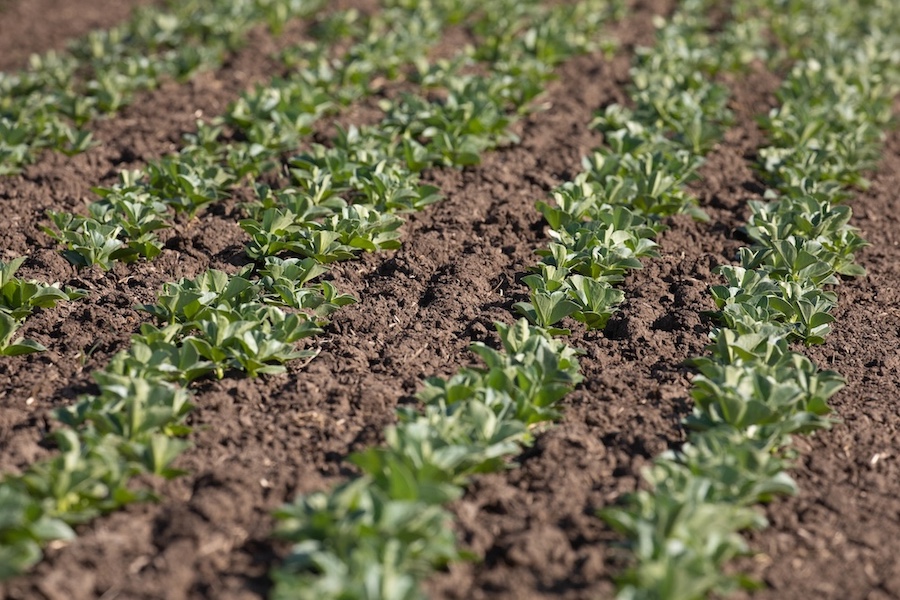How could SFI impact your pulse crops?
1st April 2024
Farmers entering Sustainable Farming Incentive (SFI) agreements are being advised to ensure that they fully understand the potential impact their decisions will have on future pulse crop rotations.

There are concerns that well-intentioned SFI agreements could negatively impact future pulse production opportunities, the Processors and Growers Research Organisation (PGRO) has warned.
With legumes being included in some SFI options it could mean that they are left in the ground for a number of years – or are very frequently present – increasing the likelihood of soil-borne diseases in future pulse crops.
PGRO has set out a detailed paper written by Dr Becky Howard highlighting some of the potential unintended consequences which it advises all arable farmers to read before embarking on an SFI option. The paper has been published at www.pgro.org.
Significant risk
PGRO CEO Roger Vickers said: “We are not against the Sustainable Farming Incentive; in fact we agree that farmers should be paid for providing positive environmental outcomes.
“But PGRO and others involved in the pulse sector have serious concerns over the impact some options will have on cropping in the long term.”
A number of SFI options encourage the use of either long-term or frequent short-term use of legume species, in either legume-rich ley mixtures or catch and cover crops. Examples include the highly-rewarded NUM3, IPM3, and Countryside Stewardship AB15 options.
Other options are also detracting from more minority crops, in particular Actions for Wildlife AHL 1 and AHL 2.
The potential green bridging effect and risk to future pulse cropping as a result is significant, as disease and pest levels build in the soil, and may seriously impact the viability of pulse crops in the future. A normal, sensible rotation, would not encourage pulses closer than one crop in five, and yet in an SFI scenario soils might easily have almost continuous host legumes present.
Logical potential outcome
Crop protection could also be an issue, Mr Vickers says.
“Factoring in that CRD now considers beans to be a major crop and therefore excluded from the EAMU system for agricultural chemical use, and the already minimal portfolio of crop protection products available for pulses in general, this adds to the increasing jeopardy for their future production.
“Many of the greatest threats are soil borne disease for which there are no seed treatments available.
“These unintended consequences are not certain as insufficient research has been conducted, but are a logical potential outcome based upon life cycle and alternative host considerations.”
Benefits of pulses
The benefits that pulses bring to the rotation have been recognised many times by the government.
Pulses provide nitrogen, and improve soil fertility for the following crops, they have a favourable environmental profile and growing more of them is seen as having huge potential to help reduce carbon emissions from the UK agricultural sector.
“Hence why there are initiatives such as the NCS Project,” Mr Vickers adds. “Growers need to know the possible risks to their pulse-growing capabilities if they do enter an SFI agreement.”
PGRO is asking growers to complete a survey asking farmers what their intentions are this year with regards to growing pulses in light of the SFI.
Read more arable news.


